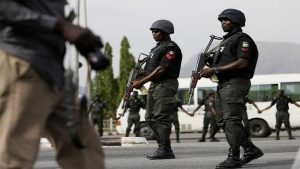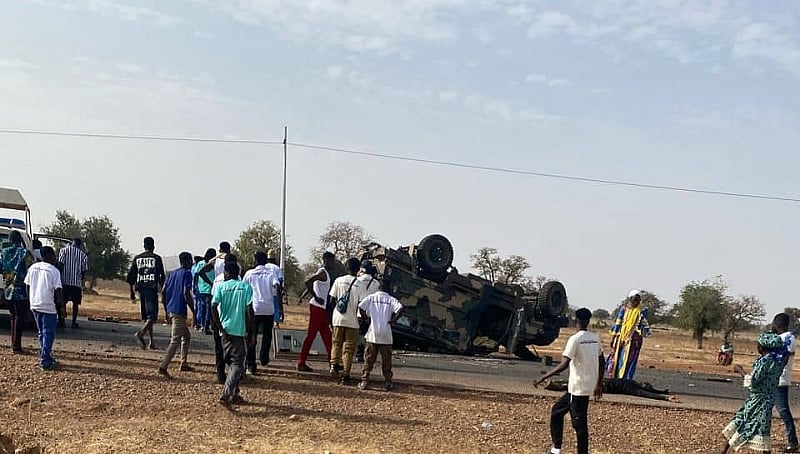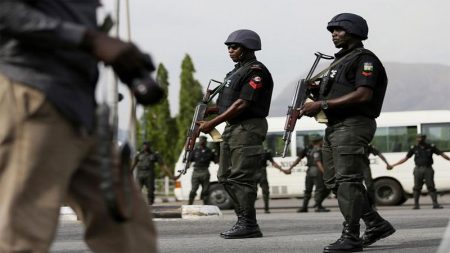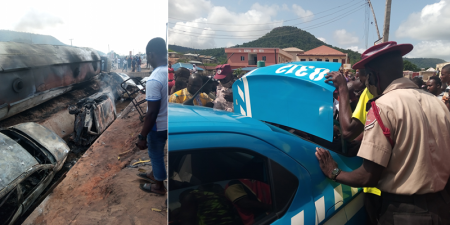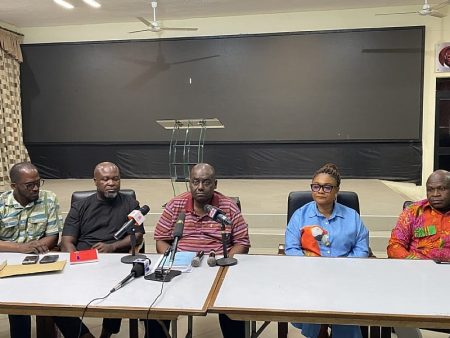The serene calm of Saka, a community nestled within the Bawku West District of Ghana’s Upper East Region, was shattered by a tragic vehicular accident involving an armored military vehicle. The incident, which occurred as the soldiers were journeying from the town of Bawku towards Bolgatanga, resulted in the loss of one soldier’s life and left several others grappling with severe injuries. The accident unfolded when one of the armored vehicle’s tires unexpectedly burst, causing the driver to lose control of the heavy vehicle. The subsequent events were a blur of chaos as the armored car careened off its intended path and violently overturned. This devastating incident cast a pall of grief and shock over the community, highlighting the inherent risks associated with military operations, even during routine transit.
The unexpected tire failure served as the catalyst for this tragedy, underscoring the critical importance of regular vehicle maintenance and inspections, especially for vehicles operating in demanding conditions and carrying precious human cargo. While military vehicles are designed for robustness and durability, they are not immune to mechanical failures. This incident serves as a stark reminder of the unpredictable nature of such events and the need for stringent safety protocols to mitigate potential risks. The loss of control following the tire burst points to the challenging dynamics of handling heavy armored vehicles, particularly in emergency situations. The weight and design of these vehicles, while intended to provide protection, can also contribute to their instability when faced with sudden mechanical failures.
The immediate aftermath of the accident saw the community of Saka spring into action, demonstrating a remarkable spirit of compassion and resilience. Local residents, witnessing the unfolding tragedy, rushed to the scene and provided invaluable assistance to the responding police officers. Together, they worked tirelessly to extricate the deceased and injured soldiers from the mangled wreckage of the overturned vehicle. Their collective efforts were instrumental in ensuring that the injured personnel received swift medical attention, highlighting the crucial role of community support in times of crisis.
The combined forces of the residents and police then facilitated the transport of the deceased soldier and the injured personnel to the Zebilla District Hospital. This facility, located within a reasonable distance from the accident site, became the focal point of medical efforts to treat the survivors and provide care for the deceased. The hospital staff, faced with a sudden influx of trauma patients, worked diligently to assess the extent of the injuries and provide the necessary medical interventions. The scene at the hospital was undoubtedly fraught with tension and emotion as medical professionals battled to stabilize the injured soldiers and provide solace to those grappling with the loss of their comrade.
This tragic accident serves as a sobering reminder of the inherent risks faced by military personnel, even outside of combat situations. The loss of life and the injuries sustained underscore the importance of comprehensive safety measures, not only during deployments and training exercises but also during routine transit operations. It highlights the vital need for continuous review and improvement of vehicle maintenance protocols, driver training programs, and emergency response procedures to minimize the likelihood of such devastating incidents in the future. Furthermore, the accident emphasizes the importance of adequate medical resources and facilities in proximity to military operational areas, ensuring that prompt and effective medical attention can be provided in the unfortunate event of accidents or emergencies.
The incident at Saka has undoubtedly left an indelible mark on the community and the families of the affected soldiers. The loss of a comrade in arms is a profound blow to any military unit, impacting morale and creating a sense of shared grief. The injured soldiers face a long and arduous road to recovery, both physically and emotionally. The support of their fellow soldiers, families, and the wider community will be crucial in their healing process. The memory of this tragic accident should serve as a catalyst for renewed commitment to safety protocols and a testament to the vital importance of community support in times of need. The incident underscores the shared humanity that binds soldiers and civilians alike, and the importance of working together to prevent such tragedies from recurring in the future.




